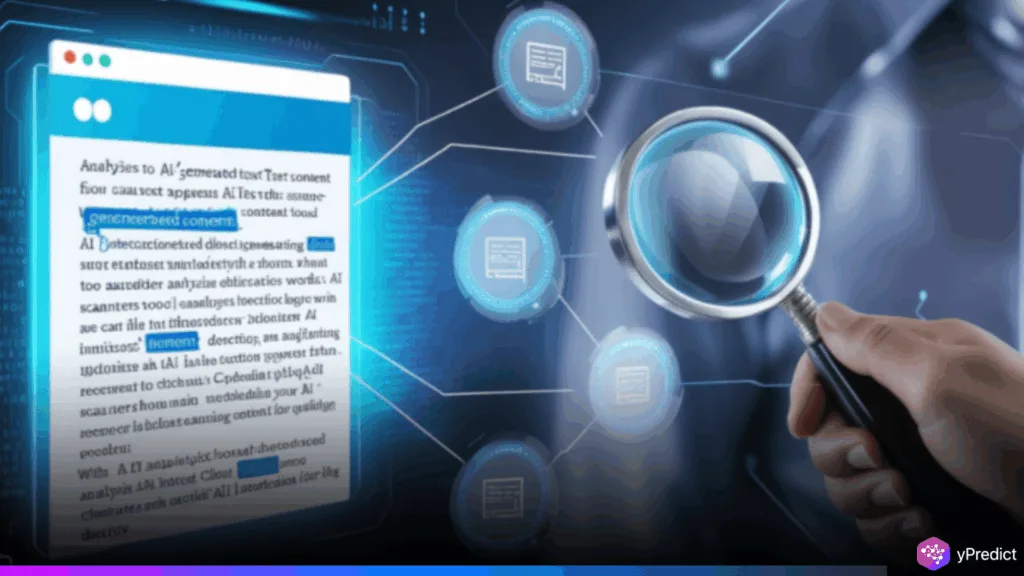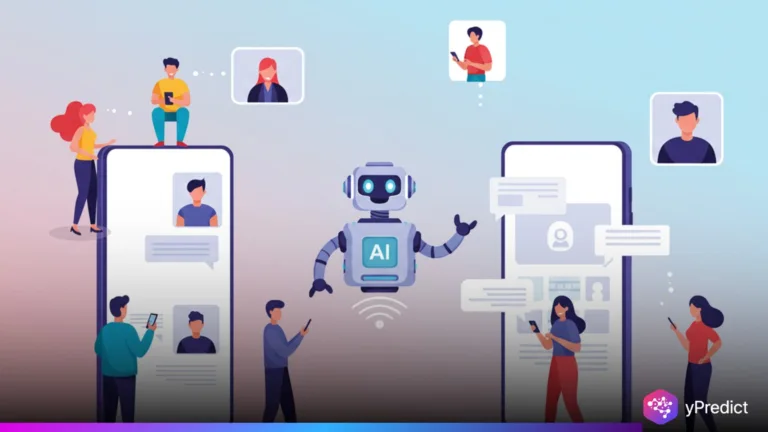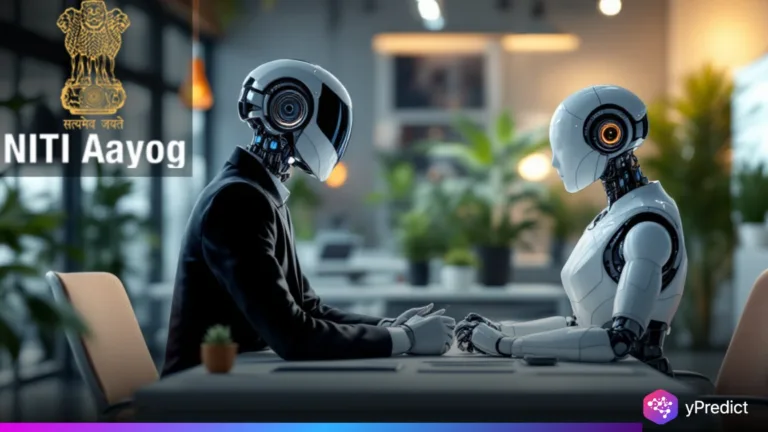
As AI detection tools become widespread in education, more students are facing false accusations of cheating. Computer science student Leigh Burrell discovered she had to start writing her paper from scratch. It is because of claims that she submitted artificial intelligence-generated content.
Her only evidence was a 15-page document that demonstrated her innocence. As a result of this growing issue, students are being compelled to defend their rights in the classroom. The New York Times also reports in detail that a large number of these cases are handled by flawed AI writing detectors.
Are AI Detection Tools Helping or Harming Students?
Originally developed to prevent the misuse of AI writing, AI detection tools are now under fire for punishing deserving students. According to a University of Maryland study, popular detectors flagged human-written work incorrectly 6.8% of the time. Furthermore, OpenAI’s tool had a 9% false-positive rate. As a result of these deficiencies, students may fail or lag in their academic goals.
A few weeks prior to graduating, graduate student Kelsey Auman was flagged by Turnitin. She discovered that other students had comparable problems after reaching out to them. As a result, she started a petition asking her university to turn off the flawed AI checker. Hence, in the era of online education, the fight for students’ rights has grown.
Students Take Extreme Steps to Avoid AI Flags
Students are now going to extreme steps to avoid being wrongfully punished. While writing, many students record their screens or use apps that record each keystroke. Furthermore, Burrell shot a 93-minute YouTube video to show the originality of her work following her incident. As AI writing technology advances, students are under pressure to prove their innocence.
Many universities, including Georgetown and UC Berkeley, have already disabled their detection tools. Despite the fact that Turnitin and other organizations dispute these findings, it is raising questions about fairness and trust. Additionally, some teachers are reconsidering how much they depend on software.
An academic was taken aback when her writing was identified as artificial intelligence (AI)-generated by a detection tool. Since then, her assignments have become more customized, promoting creativity without relying on detection software as the main filter. Instead of depending only on defective technology, the emphasis is now on safeguarding students’ rights.
Schools Shift Focus to Student-Centered Learning
Some organizations are stepping back, recognizing the risks caused by wrong allegations, while others continue to support AI detection tools. Technology enforcement is giving way to discussions about responsibility and equity in the classroom.
Many educational institutions are experimenting with more human-centered approaches as a result. These approaches include personalized assignments and more open communication. These efforts aim to reduce dependence on flawed AI systems while discouraging unethical behavior.
Education must carefully adjust to the era of AI writing if it is to survive. Schools must find a balance between reporting abuse and protecting the rights of deserving students. Because misused AI detection tools have the potential to further erode trust.
Can AI Detection Tools Be Trusted?
The rise of AI detection tools has created new tensions in education. Originally designed to enforce standards, they are now unfairly placing the burden of proof on students. As a result, anxiety is replacing trust.
To advance, thoughtful instruction must be combined with improved resources. Additionally, it’s critical to acknowledge the limitations of AI-based tests and prioritize the rights of students. Instead of relying on algorithms, fairness in education should be founded on human judgment and compassion.






